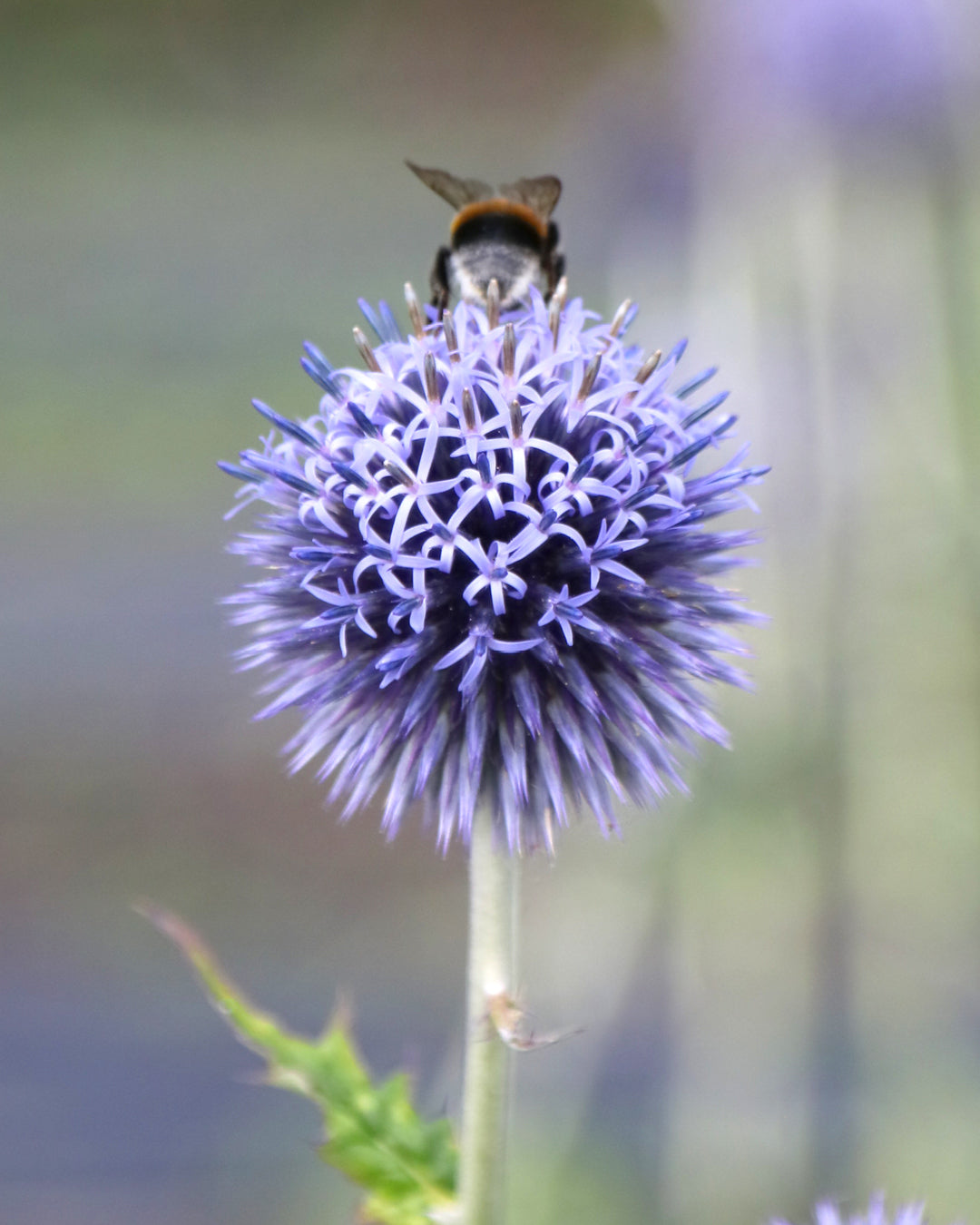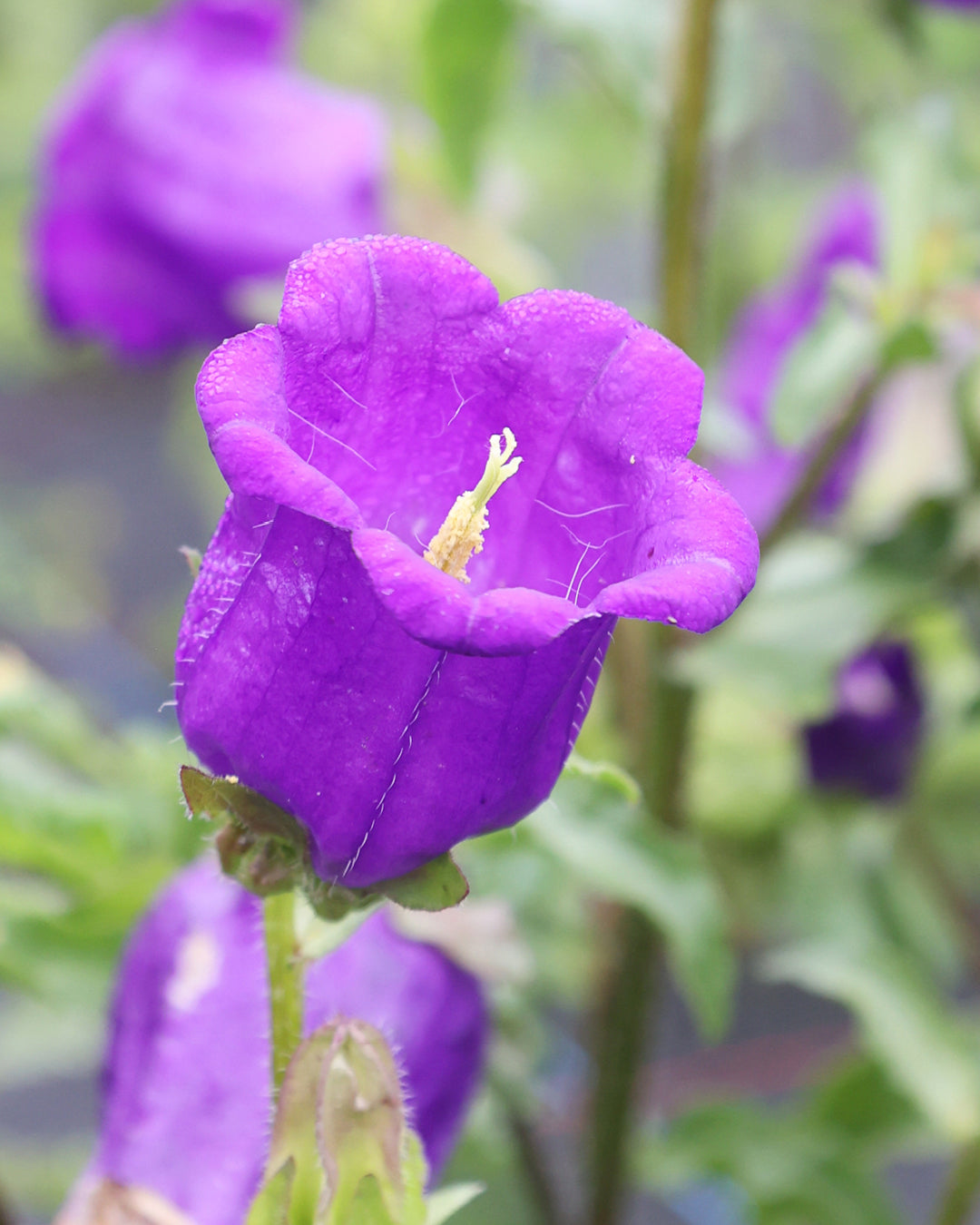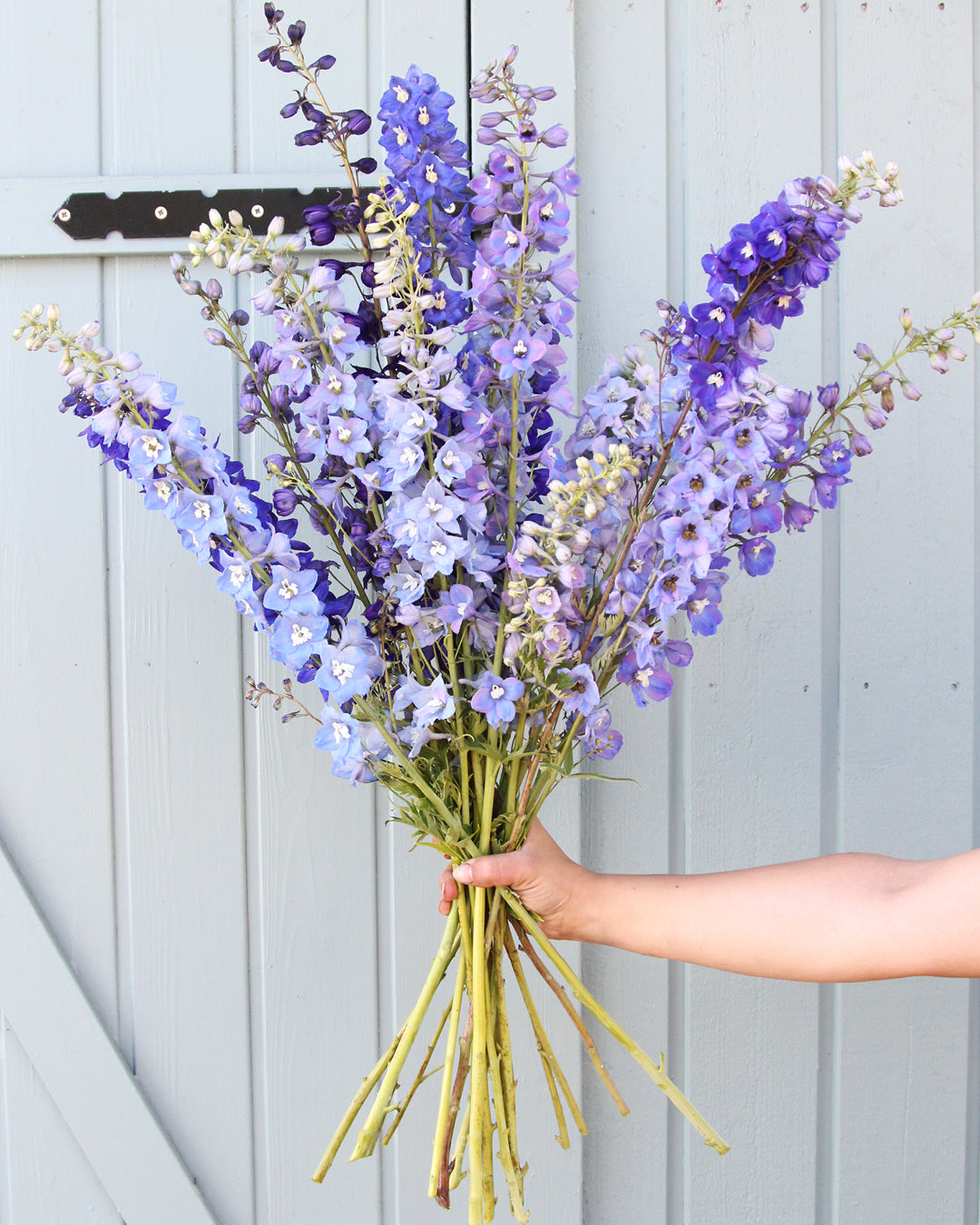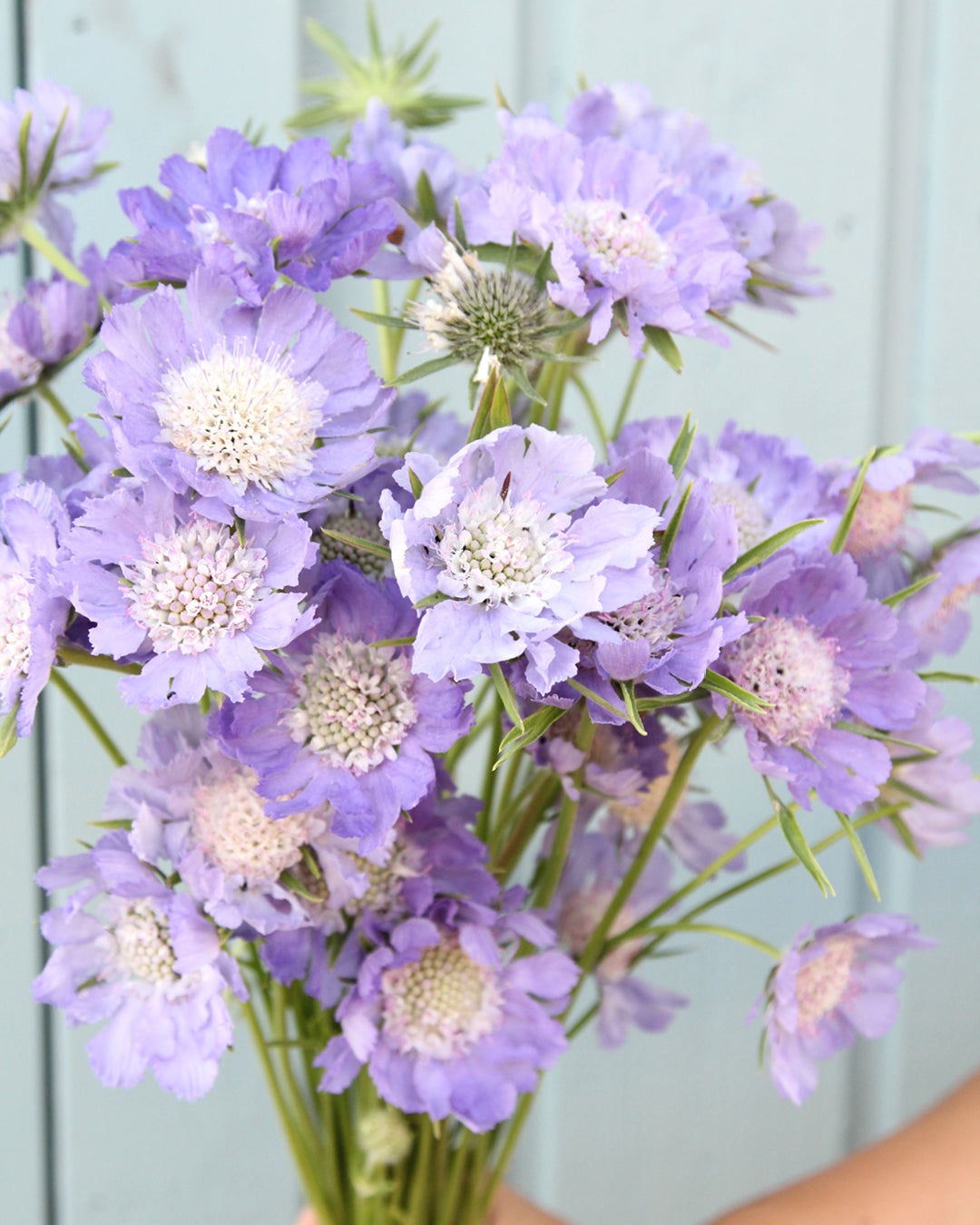Walk along paths through the garden
"The journey is the destination," goes a well-known saying. This is especially true for the garden. Paths don't just lead us somewhere—they also structure the garden and emphasize individual situations.
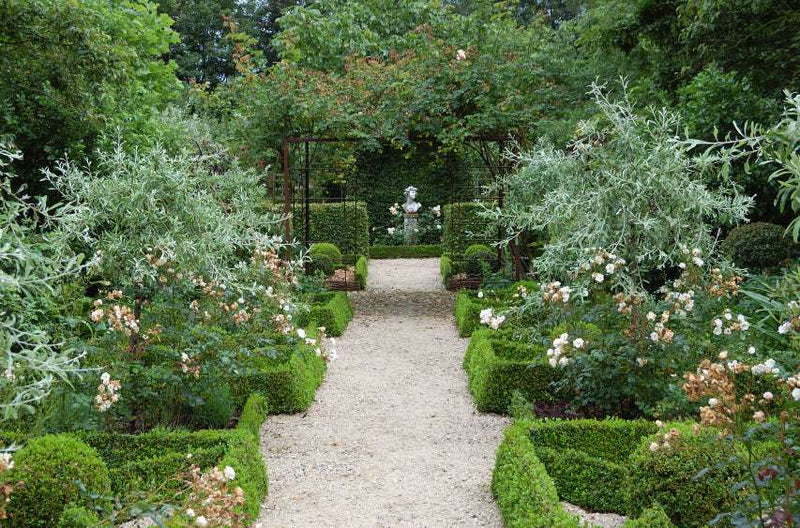
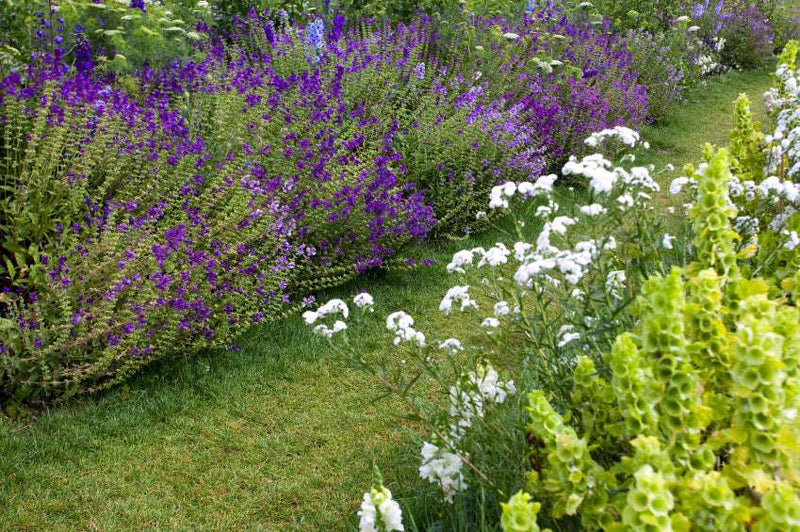
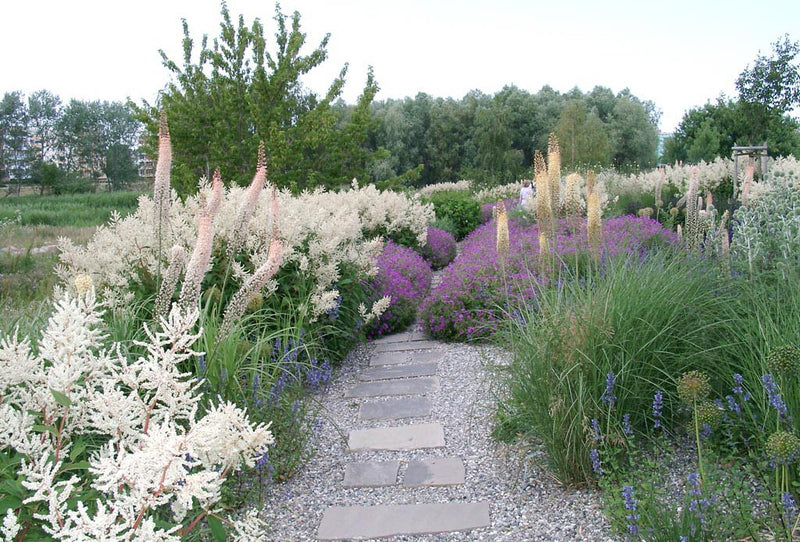
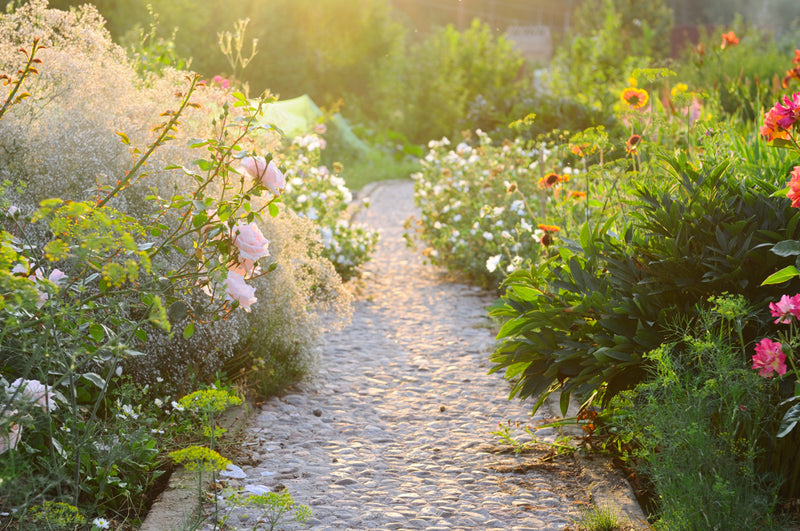
Designing paths
"With the right choice of materials and planting, garden paths become a true sensory experience," says Hagen Engelmann, a landscape architect from Cottbus. He has his own philosophy in this regard. On the large property surrounding his house, paved paths, because necessary, are only found near the house. At the rear, lawn paths lead to the large garden with its beautiful perennial and woody plantings. Before starting on the garden, owners should carefully consider: Where do I need paths, and which paths must be paved? Then they can begin planting. Here are a few tips:
Materials, shapes, plants
Straight, curved, wide, narrow – there are as many garden paths as there are garden owners. Depending on your preferences, you can use different materials such as natural stone, clinker paving, concrete paving, chippings, gravel, or even grass. "There are a few rules, though," says Engelmann. "Paths that you walk on frequently should be paved and at least 1.20 m wide." It's important to remember that hanging plants make a path narrower. Materials should suit the house and the garden. "If I live in an old farmhouse, then coarse paving works very well," says the landscape architect, "while the path in a modern house can certainly be made of in-situ concrete or concrete block." The planting depends on the soil conditions, location, and the time a garden owner is willing to devote to maintaining it.
Perennials along the roadside
Those who prefer a natural look can design with trailing perennials. These are fragrant perennials that slightly overlap the path, breaking up the often rigid path shapes. "Plants along the path shouldn't grow too tall, otherwise you'll feel cramped when walking," recommends the gardening expert. Popular plants include the blue-flowering catnip (Nepeta) and sage (Salvia nemorosa), which are well-suited for sunny paths and grow between 20 cm and 60 cm tall. The blue- or white-flowering carpet bellflower (Campanula poscharskyana) can be planted in sunny and partially shaded locations.
"With evergreen plants, you create a beautiful, harmonious image even in the cold season, and the paths are clearly defined," says Engelmann. Tiarella and Heuchera are perennials that remain green in winter. They impress year-round with both their attractive foliage and their fragrant flowers. Shady locations can be planted with grasses such as sedge (Carex) or woodland sedge (Luzula). Both are plants that remain green in winter.
Plants that form frames
Structural plants such as boxwood (Buxus), lavender (Lavandula), holly (Ilex crenata), or dwarf germander (Teucrium chamaedrys 'Nanum') are a good way to define paths in a linear fashion. "This creates a formal basic structure in the garden," says Engelmann, "which can form the outer frame for magical plantings." In terms of design, this creates a shadow between the plant and the path, creating an appealing three-dimensional effect. A clear demarcation between the path and the planting bed is also provided. The path plants used should be at least 15-20 cm tall. "The beds themselves can then be designed as desired," says Engelmann. Color themes, such as a white bed, are ideally suited here. Even a colorful display of plants usually remains harmonious, as the planting frame provides an organizing structure. Border plants must be pruned regularly so that they do not overly constrict the path and the planting is shown to its best advantage.
Particularly easy-care companions
A large part of gardening work is spent maintaining path edges; plants grow into the path, and grass or weeds establish themselves in the flowerbed. Engelmann recommends perennials that form particularly dense cushions and do not spread outwards, making them very easy to care for. Their dense growth prevents weeds, for example, from growing in the flowerbed and overgrowing paths. "There are some path perennials that I can particularly recommend because of these properties," explains the garden planner. He likes to use Waldsteinia (Waldsteinia geoides) directly along the edge of the path. The advantage of this plant is that it stays true to its location, forms dense foliage and thus creates optimal edges between the lawn or path and the plants. The almost evergreen plant, which remains attractive long into winter, conjures up bright yellow ribbons of flowers in the garden in March. Engelmann has also had good experiences with various cranesbill species (Geranium). Slow-growing, bushy varieties are much easier to care for. The evergreen cranesbill varieties (Geranium macrorrhizum 'Spessart'), with whitish-pink blooms in June to July, or Geranium macrorrhizum 'Czakor', which produces reddish-violet flowers, are ideal. The latter also impresses with its yellowish autumn foliage. Lady's mantle (Alchemilla mollis or Alchemilla erythropoda) is also one of Engelmann's favorites due to its ease of care and effectiveness.
Did you know? About lawn and plant paths
Engelmann enjoys working with grass paths. "Especially in less frequented parts of private gardens, green paths are a good alternative to paved areas," explains Engelmann. Garden areas with little use could certainly be accessed with grass paths. This option offers many advantages. A grass path is very flexible and can take on any shape—narrow, wide, straight, or curved—and can be optimally adapted to the theme of the garden and the various plantings. The planting beds are therefore extremely variable. It is important to clearly define the lawn.
In less frequented areas, hardy perennials such as the fragrant Roman chamomile (Chamaemelum nobile) or cat's foot (Antennaria) can also be used and laid out as a plant path. These plants can withstand occasional foot traffic. Thyme (Thymus serpyllum) can also be used in this way, and in sunny spots, it creates a spicy aroma when stepped on. Rock garden plants such as sea pink (Armeria maritima), various types of saxifrage (Saxifraga), Aubrieta, or Phlox subulata can picturesquely line or overgrow paths in sunny spots, breaking up rigid path structures.
TEXT: GMH/BdS, Martina Raabe

